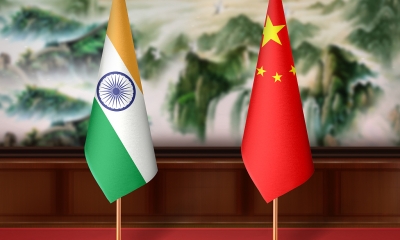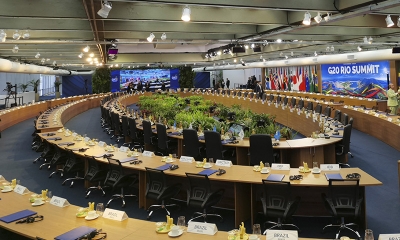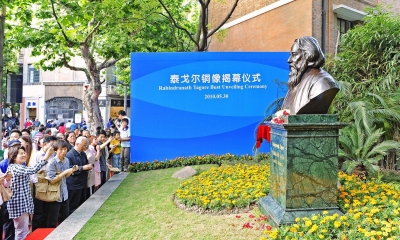A More Developed China Is Much-needed for the World’s Shared Prosperity
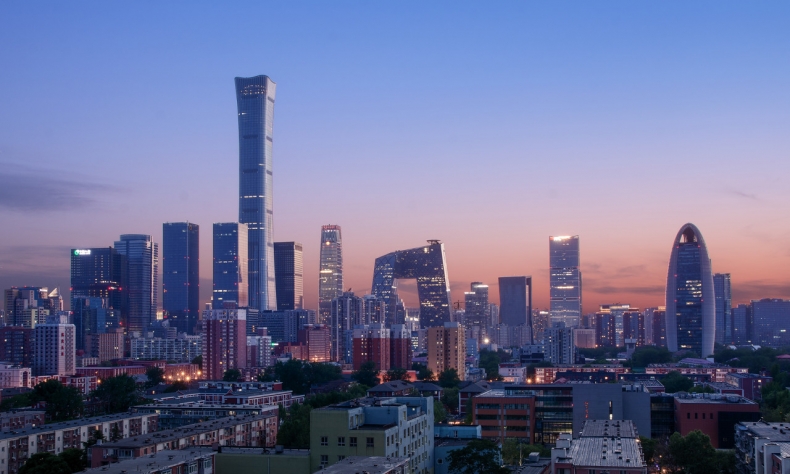
Despite often being misunderstood or even misinformed by some Western media, China has always been committed to build a community with a shared future for mankind.
Clearly, the year 2020 had been a challenging year for China with a difficult start. Facing the once-in-a-century pandemic that began in late December 2019, China has all along put its respect for people’s lives and health embracing humanity above everything else in its COVID-19 response.
“We have overcome the blow of the COVID-19 pandemic, balancing epidemic prevention work and economic development, which gained significant achievements,” President Xi said in his annual New Year’s address on December 31, 2020.
China’s science-based fight against the brutal pandemic which leads to a significant win in the “People’s War” and its people-centered policy leading to its recovery from the pandemic-torn economy in every way have offered significant lessons for the world on curbing the ravages of the new contagion.
China enters new development stage
The year 2020 was also a “year of milestone significance” for China’s national rejuvenation. The country has completed building “moderately prosperous society in all respects”, known as “Xiaokang” in Chinese and realized its first centenary goal in 2020. China lifted 100 million people out of poverty for the last eight years, eliminated extreme poverty for the first time and met the poverty eradication target ten years ahead set by the UN 2030 Agenda for Sustainable Development. This historic feat shows China’s extraordinary journey and may shed some light on global poverty reduction cause.
The 2021 is undoubtedly a significant year for China’ great rejuvenation as the Communist Party of China (CPC) will celebrate its centenary in July. The Chinese people have now entered a new stage of development with new goals, new hopes as mapped out in the 14th Five-Year Plan period (2021-2025) in the post-2020 era and “the Long-Range Objectives Through the Year 2035” (2021-2035).
According to the plans and proposals of the 14th Five-Year Plan, China will speed up fostering a new development pattern where domestic and foreign markets can boost each other with the domestic market as the mainstay, which focuses on China’s centenary goal of “national rejuvenation while building a modern socialist country that is prosperous, strong, democratic, culturally advanced, and harmonious by 2049”.
On the other hand, the 15-year “Vision 2035” underscores the country’s resolve of building a modern socialist country in an all-round way by 2035. The roles of innovation, real economy, a strong domestic market, high-level opening-up, rural vitalization and green development have been pronounced for China’s future economic and social development. These two plans not only unveiled a multi-faceted roadmap for China’s greater glory in the next stage, but will also be beneficial for the rest of the world.
Reviewing the outstanding achievements of the 13th Five-Year Plan, it can be said that China’s new development plan with the long-range objectives through the year 2035 will provide more development opportunities and bring shared prosperity to the world. More significantly, the Chinese experience of development over years gives developing countries to take lessons from China’s successful model of modernization while providing a chance to solidify their economic ties with the world’s second-largest economy.
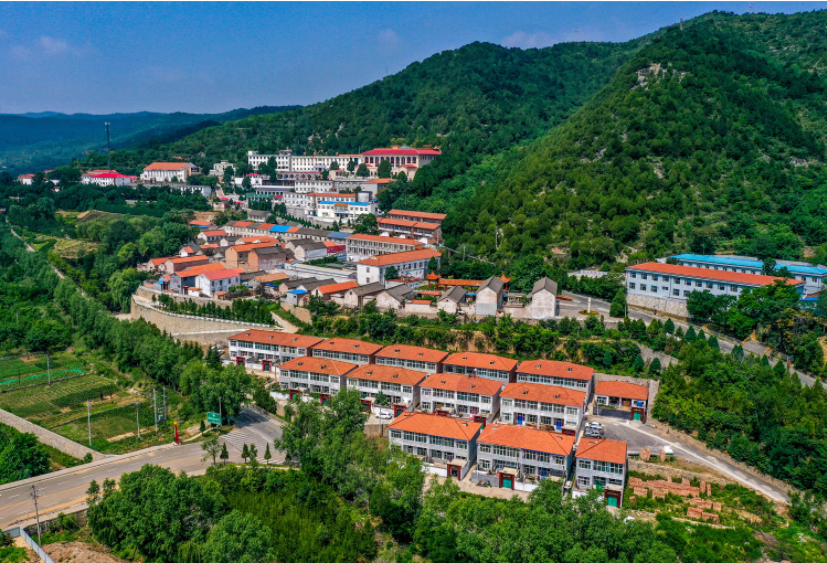
During the 13th Five-Year Plan period, China has scripted many shining examples in social and economic development. China has eliminated poverty in the last nine poorest counties, all in southwest China’s Guizhou province, in November last year, marking a landmark victory in the country’s fight towards lifting all the people out of the poverty line.
Although the COVID-19 pandemic has been changing the life of the whole world and continuing to crumble the world economy, China is likely the only major country to grow in a pandemic-hit year. China in the first quarter GDP contracted by 6.8 percent, but has since recovered strongly, 3.2 percent growth in the second quarter and 4.9 percent in the third. China’s full-year GDP for 2020 will cross the 100-trillion-yuan mark ($15.3 trillion), and per capita GDP has already surpassed $10,000.
China’s development is beneficial for the world
Economists at Goldman Sachs said in a research note that the Chinese economy will be more resilient against external uncertainties in the upcoming 14th Five-Year Plan period with the country’s supply-side structural reform. China has become the world’s manufacturing superpower, accounting for nearly 30 percent of global manufacturing output for 10 consecutive years.
According to a Xinhua report, China’s domestic consumption exceeded $6 trillion in 2019. Despite facing trade conflict with the United States, “China will continue to open its vast consumer market to the world”, as President Xi reaffirmed in his keynote speech via video at the opening ceremony of the third China International Import Expo (CIIE) on November 4, 2020.
Needless to say, the extraordinary sales performance during this year’s Singles’ Day shopping spree on November 11 is a vibrant indication of China’s potential in consumption. On the other hand, China’s Double Development Dynamic (DDD), also known as “dual circulation” since May has significantly turned its huge consumer market into “a market for the world, a market shared by all, and a market accessible to all”.
What’s more gratifying is that China, which only 40 years ago was considered backward, has now emerged in pole position in science and technology, eroding the superpower status of the United States. China’s 5G network, cybercrime prevention, Beidou Navigation Satellite System, lunar exploration and Mars mission bear the stamp of the country’s march towards “rejuvenating the nation by relying on science and education”. On December 17, the return of the Chang’e-5 moon probe with lunar samples illustrated the prowess of the Chinese scientists and the determination of 1.4 billion Chinese people to scale new frontiers of science.
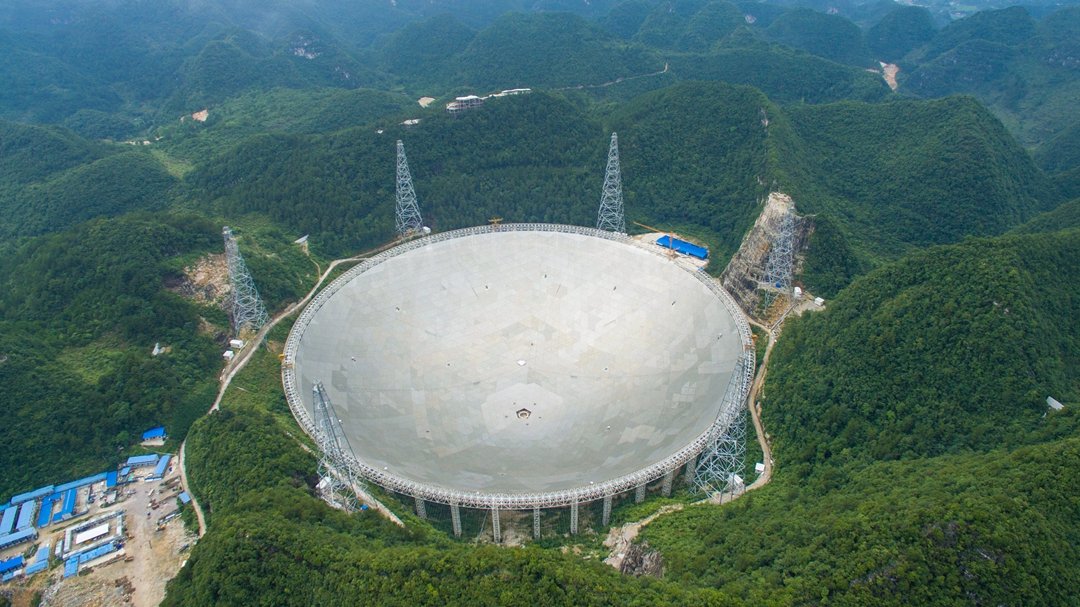
In 2020, President Xi attended several major online multilateral events such as the 75th anniversary of the United Nations, the 20th meeting of the Council of Heads of State of the SCO in Moscow, 12th BRICS summit in Moscow, the 2020 APEC Economic Leader’s Meeting in Malaysia and the G20 Riyadh summit, to name a few and delivered a series of important speeches which demonstrate China’s global vision and a firm commitment to the world.
As he said in his address at the UNGA: “What we need to do is to replace conflict with dialogue, coercion with consultation and zero-sum with win-win. We need to expand the converging interests of all and build a big global family of harmony and cooperation.”
It’s a matter of great pride that today more and more countries have turned their attention to China as a new model of development and self-reliance.
Despite often being misunderstood or even misinformed by some Western media, China has always been committed to build a community with a shared future for mankind. It’s really encouraging that as a responsible major country China in its new five-year development plan has also put forward measures to enhance international exchange and cooperation in the post-pandemic era.
2021 is not the year the pandemic ends. The pandemic has raised the importance of the interconnectedness of people across the world. As such, an optimistic message has come from the Chinese President on the eve of the New Year which is peaceful and encouraging to the rest of the world.
People from all over the world should join hands and support each other to early dispel the gloom of the pandemic and strive for a better “Earth home”, President Xi said.
Xi’s New Year speech is a clear sign that China is truly showing the world that it stands for fairness, cooperation and development with other countries for a harmonious world. Undoubtedly, in these uncertain times, the world needs a more developed China for a more fair and equal community.
 Facebook
Facebook
 Twitter
Twitter
 Linkedin
Linkedin
 Google +
Google +




